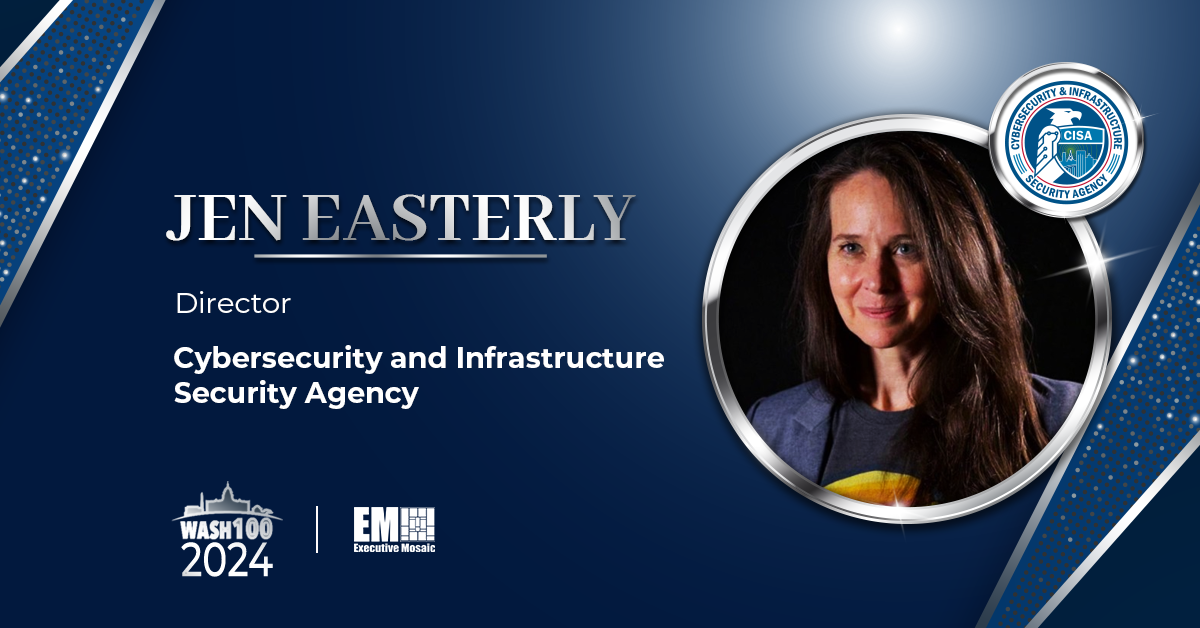Homeland security officials are looking at ways to deploy artificial intelligence within the acquisition process — and within other aspects of their agencies — to drive efficiency and better protect the nation against evolving threats.
Mario Wilson, assistant administrator for acquisition program management at the Transportation Security Administration, said his agency is already using AI in the passenger screening process.
“AI is something that we’re already utilizing in some of our screening equipment that’s deployed today,” said Wilson during a panel discussion moderated by M9 Solutions President and Chief Revenue Officer Sean DuGuay at the Potomac Officers Club’s 2023 Homeland Security Summit last week. “AI was used to develop the detection algorithms of the software that’s on some of the equipment that’s out there.”

Join the AI conversation at the Potomac Officers Club’s 5th Annual AI Summit on March 21, 2024. Key AI leaders from DHS, DARPA, NGA, DOD and other agencies will gather to share their insights. Don’t miss your chance to meet, network with and learn from the top AI innovators in the field. Register here.
Wilson said the adoption of computed tomography, or CT, technology catalyzed TSA’s interest in using AI and machine learning to develop “faster, better, more accurate detection algorithms.” Now, those same algorithms developed with the help of AI/ML are helping the agency to cut down false alarm rates in CT machines by 50 percent, Wilson shared.
But the persisting problem is data — more specifically, being able to harness the vast troves of data being taken in by the agency and using it to train AI/ML.
“What we found is that machine learning algorithms are only as good as the data that’s available to train those algorithms,” Wilson said. “The more data that we can get to inform that algorithm and continue to improve upon that algorithm, the better those algorithms will become, which will allow us to improve detection even more, reduce the false alarm rates even more. Eventually, as we start to put these machine learning-developed algorithms on other screening technology out there, our expectation is the overall speed of the checkpoint will go much faster.”
The federal government has made AI a major priority in recent months. In October, President Biden issued an executive order establishing new standards and guidance for safe and secure use of AI. In response, the Cybersecurity and Infrastructure Security Agency published an AI roadmap that lays the foundation for interagency collaboration on AI-based software policies and seeks to safely expand the agency’s adoption of AI.
“One of the things that the EO that was put out really directs us to do is take action in supporting and securing the cybersecurity of the nation and our critical infrastructure partners,” commented David Patrick, CISA’s chief acquisition executive.
Patrick noted that the EO and CISA’s AI roadmap both aim to safeguard the nation and U.S. citizens against the potentially harmful effects of AI when used by adversaries.
“We have to have public trust in what we’re doing. You can’t have things that are going to, for example, discriminate against certain faces and identities and those types of things, or utilize information that may not be ethical. So, while there are restrictions in the EO, I think that ethical use and responsible use is something that’s very important,” Patrick said.

Tina Burnette, program management director at SAIC, sees potential for AI to speed up the acquisition process within the federal government.
“AI is really an opportunity for us to do things more efficiently. And one of the opportunities we have is the speed of need. We’ve got to get things out there faster and quicker in order for the citizens to reap the benefits because sometimes by the time we get things out there, it’s almost archaic technology,” she shared.
Burnette suggested using AI to offload activities that aren’t value added, and she noted the Department of Defense is already looking at using AI within the solicitation process.
Beyond the AI conversation, homeland security agencies are looking to improve the acquisition process through closer collaboration with industry. The Department of Homeland Security’s Chief Procurement Officer Paul Courtney said during his keynote speech that he is making clear to his team that communication with industry is not as off-limits as it once was.
TSA’s Deputy Assistant Administrator for Contracting and Procurement Dina Thompson echoed Courtney’s comments and noted that her agency is working to improve how it interacts with industry partners in order to deliver better, more seamless mission outcomes.
“I think we do a pretty good job at articulating what we want, but I don’t think we do a really good job at that interim phase,” Thompson shared. “I’m pretty sure everybody knows now that you can talk to contractors before a solicitation is issued. We are not engaging successfully in that interim phase. I hope to see us do a lot more than that. We’re encouraging it right now. I think in the next few months, we’re gonna do a little more than encourage — we will require.”







